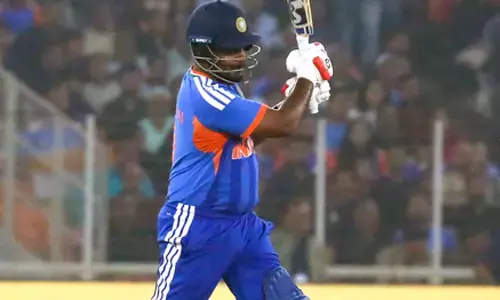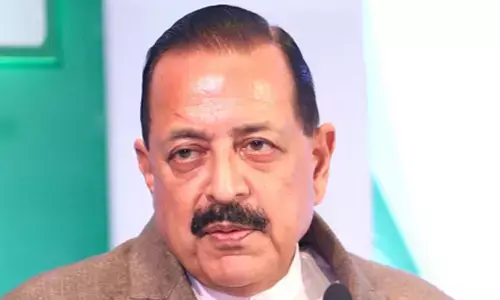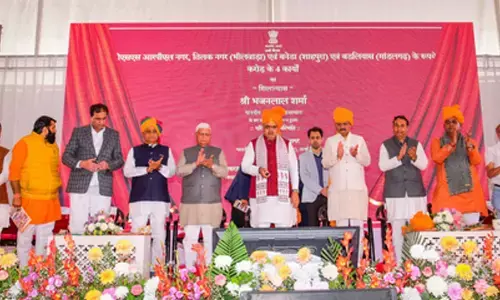LEDs to light up AP

Saving power and use of energy-efficient bulbs have become buzz words in the context of the wide gap between power consumption and power production.
Saving power and use of energy-efficient bulbs have become buzz words in the context of the wide gap between power consumption and power production. To better the scenario of effective power consumption, the Andhra Pradesh government is advocating the use of energy efficient lamps in every household in the state to achieve substantial power savings.

As part of the government’s strategy to save power by preventing unnecessary loss of energy, it is supplying 2 LED lights to every household at a highly subsidised rate of just Rs 10 each against the actual price of Rs 400 for a 7 watt LED light. All that one has to do is to surrender 2 traditional bulbs for 2 LED bulbs to the AP Transco department and get Rs 800 worth of LED bulbs for just Rs 20. The bulb actually emits brighter light and less heat than the traditional bulb and is certainly environment-friendly.
As a pilot project, the AP government is implementing the same in Guntur, West Godavari, Srikakulam and Anantapur districts at a cost of Rs 40 crore.
The AP Transco and the New and Renewable Energy Corporation of Andhra Pradesh Ltd (NREDCAP) are jointly executing the project and hope to save five megawatts of power per day. It means 150 megawatts can be saved per month per district, and if implemented all over the state 1,950 megawatts of power can be conserved.
With prospects for such mega-savings of power the state government has every reason to promote it on a mission mode. It goes well with the dictum that power saved is power produced.
In the pilot project districts including Guntur, the government is supplying 20 lakh LED lights to 9.6 lakh households in the district.
“A traditional bulb consumes 21 units in 6 hours while an LED bulb consumes only 2 units. By replacing 2 traditional bulbs with LED bulbs every house can save 19 units,” said G Harnath Babu, project director, NREDCAP.
He made a plea to educated consumers to act, as using LEDs would drastically reduce power bills and would also be beneficial to the state and the country. Ironically, more illiterate power consumers are responding to this initiative than those who are educated.
Everything you need to know about LEDs
LED bulbs and diodes have an outstanding operational life time expectation of up to 11 years of continuous operation, or 22 years of 50 per cent operation. If you leave the LED switched on for 8 hours per day it would take around 20 years before you’d have to replace the LED bulb. LEDs are different to standard lighting: They don’t really burn out and stop working like a standard light. Moreover the lighting diodes emit lower output levels over a very long period of time and become less bright.
LEDs are the most efficient way of illumination and lighting, with an estimated energy efficiency of 80 - 90 per cent when compared to traditional lighting and conventional light bulbs. This means that about 80 per cent of the electrical energy is converted to light, while 20 per cent is lost and converted into other forms of energy such as heat. With traditional incandescent light bulbs that operate at 20 per cent energy efficiency only, an 80 per cent of the electricity is lost as heat.
LED lights are free of toxic chemicals. Most conventional fluorescent lighting bulbs contain a multitude of materials like mercury that are dangerous for the environment. LED lights contain no toxic materials and are 100 per cent recyclable, and will help you to reduce your carbon footprint by up to a third. Because LED lights are resistant to shock, vibrations and external impacts, they make great outdoor lighting systems for rough conditions and exposure to weather, wind, rain or even external vandalism, traffic related public exposure and construction or manufacturing sites. LED illumination produces little infrared light and close to no ultra-violet emissions.














